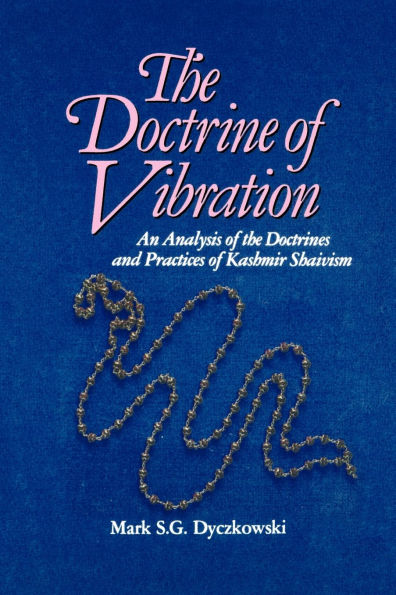This book is significant from four points of view. First, it breaks new ground in Indian philosophy. According to the Spanda Doctrine, the self is not simply witnessing consciousness as maintained by Sankya and Vedanta, but is an active force. Second, the ultimate reality is not simply a logical system of abstract categories, but is living, pulsating energy, the source of all manifestation. Third, the work elaborates the dynamic aspect of consciousness. It supplies an excellent introduction to the texts and scriptures of Kashmir Shaivism. Fourth, it suggests a Yoga for the realization of self.
This book is significant from four points of view. First, it breaks new ground in Indian philosophy. According to the Spanda Doctrine, the self is not simply witnessing consciousness as maintained by Sankya and Vedanta, but is an active force. Second, the ultimate reality is not simply a logical system of abstract categories, but is living, pulsating energy, the source of all manifestation. Third, the work elaborates the dynamic aspect of consciousness. It supplies an excellent introduction to the texts and scriptures of Kashmir Shaivism. Fourth, it suggests a Yoga for the realization of self.

The Doctrine of Vibration: An Analysis of the Doctrines and Practices Associated with Kashmir Shaivism
308
The Doctrine of Vibration: An Analysis of the Doctrines and Practices Associated with Kashmir Shaivism
308Paperback(New Edition)

Product Details
| ISBN-13: | 9780887064326 |
|---|---|
| Publisher: | State University of New York Press |
| Publication date: | 11/01/1987 |
| Series: | SUNY series in the Shaiva Traditions of Kashmir |
| Edition description: | New Edition |
| Pages: | 308 |
| Product dimensions: | 6.00(w) x 8.90(h) x 0.90(d) |
| Age Range: | 18 Years |
